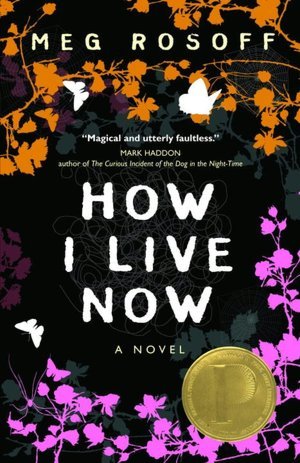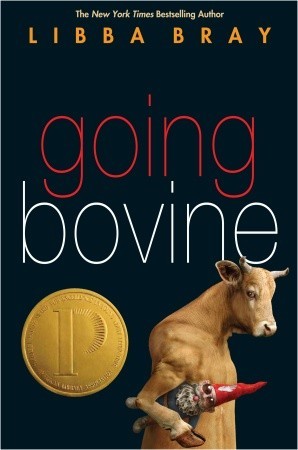
Bertozzi,
Nick. Shackleton: Antarctic Odyssey.
New York: First Second, 2014. Print. ISBN: 1596434511
Summary: A treacherous expedition across the Antarctic, this non-fiction
informational graphic novel illustrates and guides the reader through Ernest
Shackleton and his crew’s Odyssey detailing their trials and tribulations.
Analysis: Nick Bertozzi’s
graphic novel, Shackleton: Antarctic Odyssey,
is a quick read illustrating the Antarctic Expeditions. In the beginning, there
is a detailed timeline provided for each of the expeditions that preceded
Ernest’s Shackleton’s Imperial Antarctic Expedition. Also provided is a full
page of illustrations with textual information regarding all crew members
aboard the Endurance including the 34 dogs that were to help them through this
endeavor.
Bertozzi does an
excellent job bringing the reader into the adventure right alongside Shackleton
and his persevering attitude as he faces perils no one could truly imagine.
This is an excellent informational piece, a quick non-fiction read that students
young and old will enjoy. I do feel that I was left with quite a few unanswered
questions, almost as if the book was a bit too short, however, this could lead
to additional research and learning. “A lighthearted graphic novel packed with
detail makes an original contribution to the literature on Ernest Shackleton.” –The
Honorable Alexandra Shackleton, Granddaughter of Sir Ernest Shackleton.
Activity: After reading the graphic novel, students
will have questions as I did. The students will visit the PBS site https://www.pbs.org/wgbh/nova/shackletonexped/
and click on the links provided leading them to additional resources as well as
a film. After perusing the site, students are to write down three revelations
they learned and share with each other.
Related Resources: If the reader enjoyed this
non-fiction quick read graphic novel, then they should read Nick Bertozzi’s Lewis & Clark adventure.
Bertozzi, Nick. Lewis &
Clark. New York: First Second, 2011. Print.
If the reader would like to explore a more detailed account on
Shackleton’s expedition they would enjoy Shipwreck
at the Bottom of the World: The Extraordinary True Story of Shackleton and the
Endurance by Jennifer Armstrong.
Armstrong, Jennifer. Shipwreck
at the Bottom of the World: The Extraordinary True Story of Shackleton and the
Endurance New York: Houghton Mifflin, 2005. Print.
Scholarly Reviews:
School Library Journal 08/01/2014;
Booklist 06/01/2014; Publisher’s Weekly 05/19/2014; Kirkus Reviews 05/01/2014






